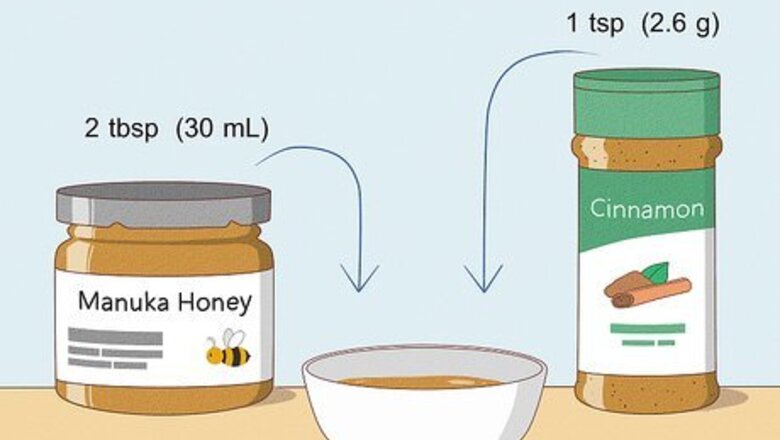
views
How do you make a honey and cinnamon acne mask?
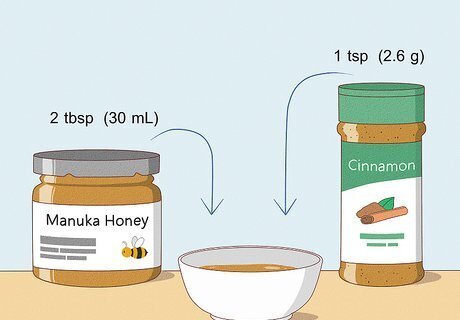
Mix 2 tablespoons (30 mL) of honey with 1 tsp (2.6 g) of cinnamon. Combine your ingredients in a clean container, such as a small bowl. If possible, use a medical-grade honey, such as Manuka or Revamil, since these contain higher concentrations of antimicrobial substances than other honeys. You can buy medical-grade honey online or from a health food store. Cinnamon can be a skin irritant for some people; to be safe, always see your dermatologist before experimenting with these over-the-counter options.

Do a patch test before you apply the mask. Before using any skincare product—even one made with natural ingredients from your pantry—it’s a good idea to test it in a small area to see if it causes irritation. To do a home patch test: Put a couple drops of the mixture on the pad of a bandaid. Put the bandaid on the inside of your forearm and leave it there for 48 hours. After you remove the bandaid, check for signs of irritation, such as redness, itching, swelling, blisters, or a rash. Don’t use the mask if it irritates your skin!
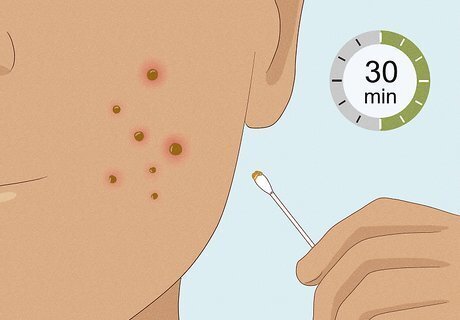
Dab the mixture directly on acne blemishes. Use your clean fingertips or a cotton swab. Leave the mask in place for at least 30 minutes, then rinse it off with warm water.
How often should you use a honey and cinnamon mask?

Experiment to figure out what works for your skin. Since these masks aren’t a standard acne treatment recommended by dermatologists, there’s not a lot of information out there about the best treatment schedule. Some natural skincare enthusiasts report great results from using honey on their faces twice a day. However, adding cinnamon to the mix could make it more drying or irritating, in which case you might need to use it less often. For instance, if once a day seems like too much, try doing it every other day or just a couple times a week. Keep an eye on your skin to see if your acne seems to be improving. It might take a week or more of regular treatments before you see results.
Is honey and cinnamon good for acne?

Possibly, but there’s not a lot of evidence out there. Some small studies have shown promising results. For example, a study from 2017 found that a combination of honey and cinnamon bark extract was effective at killing 2 of the major bacteria that cause acne. However, this experiment was conducted on bacteria samples in a lab, not on human faces! A lot of studies show that honey has antimicrobial properties that might be useful in treating skin conditions. However, it’s not clear that it works much better than antibacterial soap as a treatment for acne. Topical gels made with cinnamon essential oil may also help clear up acne. Unfortunately, some people find these gels irritating.
Can a honey and cinnamon mask reduce acne scars?
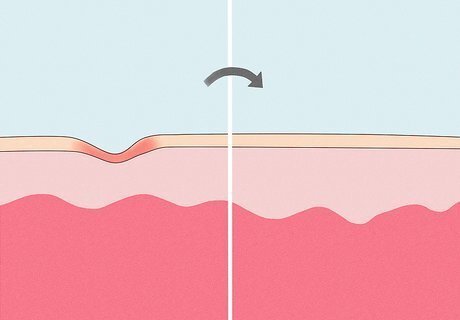
Putting honey on a wound could help prevent scarring. Honey has moisturizing, anti-inflammatory, and antimicrobial properties. It can speed up and improve wound healing, which makes scarring less likely. Unfortunately, though, there’s not a lot of evidence that it can minimize scars that are already there.
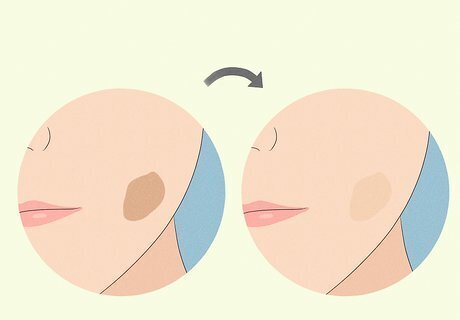
Cinnamon may reduce the appearance of dark spots. There’s not much research on whether cinnamon is good for treating scars. However, one recent small study found that washing your face with a soap containing cinnamon essential oil may help even out your skin tone and brighten up dark spots associated with acne scarring. It’s not clear whether putting ground cinnamon on your face would have the same effect. If you choose to put cinnamon essential oil on your skin, be extremely careful! Always dilute the oil in a carrier, such as vegetable oil, nut oil, or water. Don’t use more than 3 drops of essential oil per 1 teaspoon (4.9 mL) of your carrier.
Do dermatologists recommend honey and cinnamon for acne?
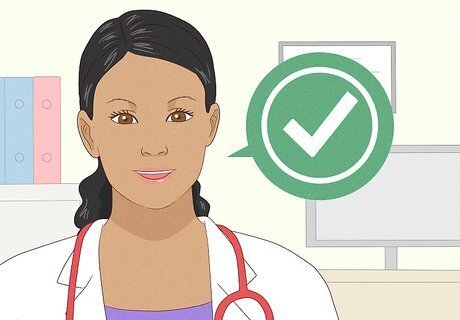
Some doctors recommend honey as a natural remedy for acne. Honey’s antimicrobial and wound healing properties are pretty well known. While most dermatologists probably wouldn’t suggest it as the best possible treatment for your acne, they’ll likely tell you that there’s no harm in trying it. If you do use honey, dermatologists recommend sticking to medical-grade varieties. They tend to have stronger antimicrobial properties and are less likely to be contaminated with bacteria than your average grocery store honey.
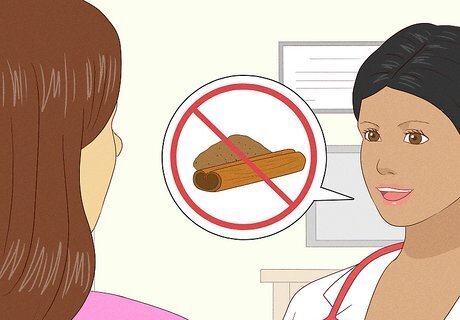
Your dermatologist will probably tell you to skip the cinnamon. Spices like cinnamon can irritate your skin. They might even cause blisters and burns. Dermatologists advise being cautious about putting anything so harsh on your delicate facial skin.
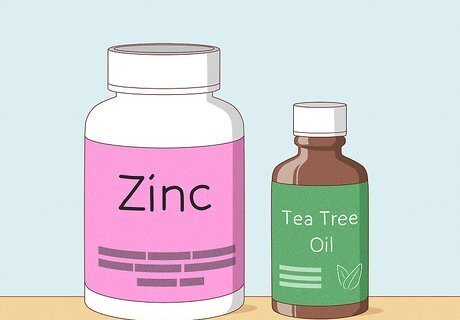
Ask about other natural acne remedies, like tea tree oil. If you’re keen on avoiding acne medications, your dermatologist might recommend some other natural alternatives. A few options you can try include: A gel containing 5% tea tree oil. Some people find tea tree oil irritating, so use it with caution and combine it with a gentle moisturizer to minimize dryness. A cream containing 5% bovine cartilage. Your doctor may recommend applying this cream to your skin twice a day. Zinc supplements. Before trying zinc or any other supplement, talk to your doctor about any health concerns you may have and give them a list of other medicines or supplements you’re currently taking. Hansen CBS brewer’s yeast. If you take this strain of yeast orally, it may help clear up your acne.
Can putting honey and cinnamon on your face cause side effects?
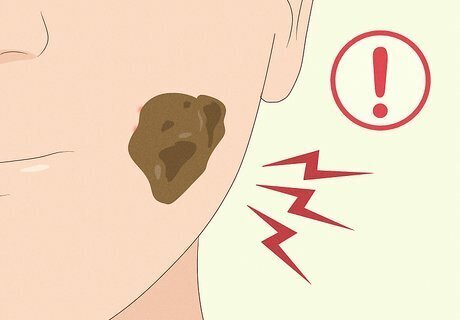
Honey is pretty safe, but watch for allergic reactions. For most people, the worst effect you might experience is a little bit of stinging when you put the honey on your skin. However, if you’re severely allergic to bee pollen or to specific components in the type of honey you’re using, you could have a more serious reaction. Stop using honey on your skin right away and get medical attention if you experience: Severe skin irritation or rashes Wheezing or difficulty breathing Dizziness, weakness, or fainting Nausea and vomiting A racing or irregular heartbeat Excessive sweating

You might experience redness and burning from the cinnamon. Cinnamon is pretty safe for most people, but it can be irritating to the skin. Some people experience itching, burning, and redness while using cinnamon-based acne medications.
What else can you mix with honey to treat acne?

Try avocado oil, colloidal oatmeal, or aloe. All these ingredients are gentle and have inflammation-soothing properties. Try mixing a small amount of any of them with 2 tablespoons (30 mL) of honey and smoothing the mixture over your acne. Avocado oil is moisturizing and filled with skin-friendly vitamins and nutrients. It may help reduce dryness and irritation, which can make acne worse. Colloidal oatmeal, which is oatmeal that’s been ground into a fine powder, can help lock in moisture and calm redness and inflammation. Combine honey and oatmeal into a gentle anti-inflammatory and antimicrobial mask. Aloe is cooling and moisturizing, and it’s also been shown to speed the healing of wounds. Combine honey with a little aloe juice or pure aloe gel and dab it on your pimples twice a day, then rinse it off after a few minutes.















Comments
0 comment